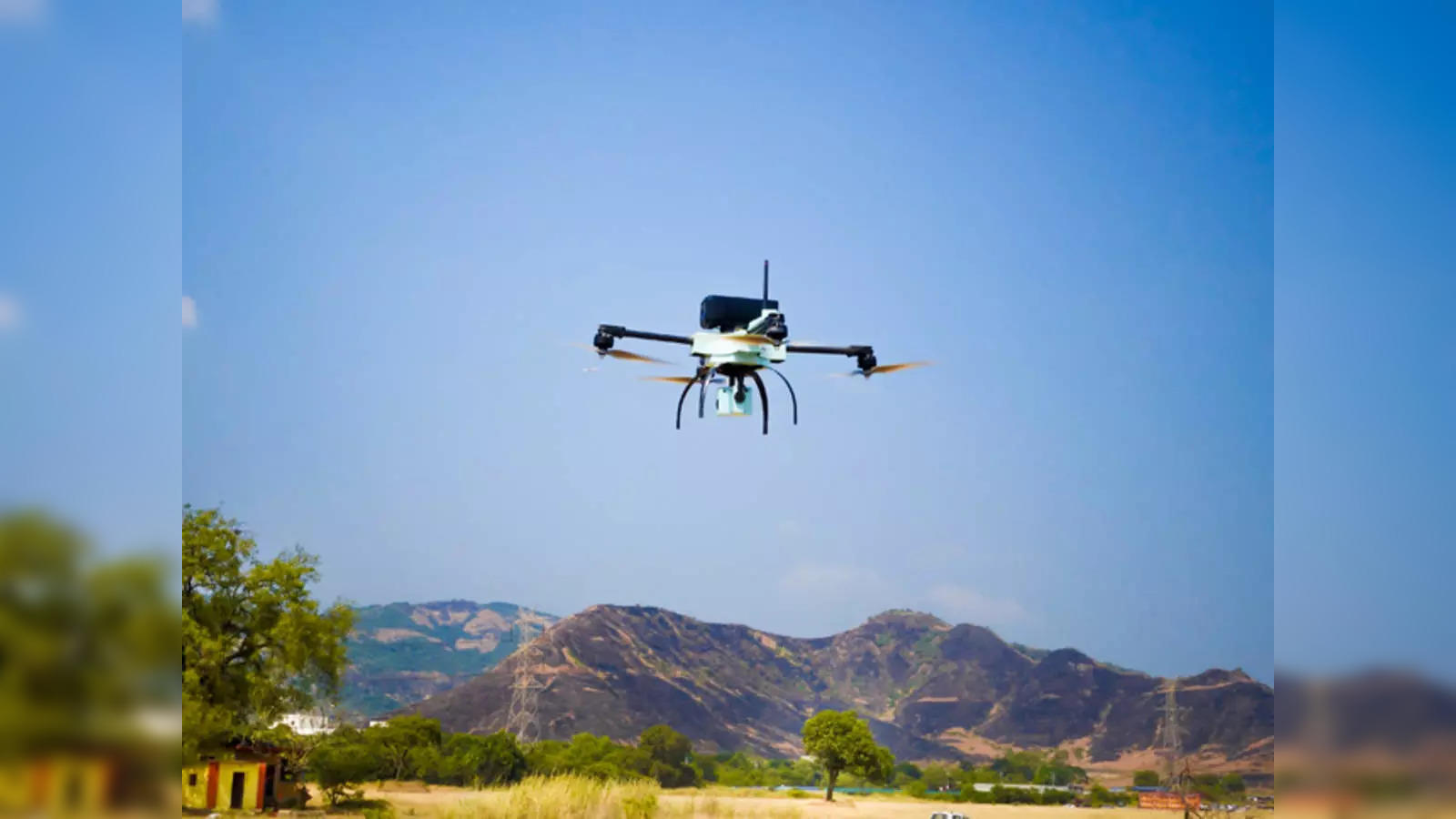SOURCE: PTI

Security agencies are devising plans to implement drone surveillance systems along the coastal regions of Mumbai and Goa to bolster maritime security, officials said on Sunday. This comes in the wake of a recent incident where three individuals from Kuwait reached the Gateway of India, underscoring vulnerabilities in the current coastal security setup, they said.
The trio — Nitso Ditto (31), Vijay Vinay Anthony (29) and J Sahayatta Anish (29) — had navigated Indian waters after absconding with a boat from their employer in Kuwait, alleging mistreatment. Upon surrendering to the authorities, they were arrested for violating the Passport (Entry into India) Rules. The officials expressed concerns that the individuals could have easily blended into the local populace undetected.
A forensic analysis of their Global Positioning System (GPS) had many missing patches, with the trio claiming they had switched off the set to save battery, the officials said. These, the officials feel, could be misused by anti-national elements and advocated for use of drones extensively for maintaining surveillance along the country’s maritime borders.
The officials said traditional maritime surveys and inspections will have to undergo a transformation with the integration of Unmanned Aerial Vehicles (UAVs) as the inclusion of drones — armed with high-resolution cameras and sensors — would revolutionise the efficiency and cost-effectiveness of these tasks. By capturing intricate images and videos of vessels, offshore structures and coastal regions, the drones would help in the process of maintaining surveillance with unmatched precision.
Recalling the tragic events of November 26, 2008, when Lashker-e-Taiba terrorists wreaked havoc in Mumbai, claiming 166 lives, the officials underscored the urgency of increasing coastal surveillance measures. Recognising the need for heightened vigilance, security agencies feel that the deployment of long-range drones is a must to monitor the 652.6-kilometre coastline in Maharashtra and the 101.0-kilometre stretch in Goa.
The Coast Guard’s procurement of drones with advanced capabilities, including vertical take-off and landing features, signifies a step towards enhancing surveillance, security operations and search-and-rescue missions. Nevertheless, the officials emphasise the imperative for additional drones equipped with extended range and night vision capabilities to pre-empt potential threats emanating from neighbouring nations, particularly Pakistan.
Drones equipped with night vision and thermal imaging capabilities would be vital for maritime border surveillance during nighttime or adverse weather conditions as these can detect heat signatures and unusual activities in bare minimum light situations. The officials feel that the drones with sophisticated identification and tracking capabilities could identify vessels having Automatic Identification System (AIS) and track their movements.
India’s expansive 7,516.6-kilometre coastline spanning nine states and four Union Territories underscores the magnitude of the security challenge. Following the 26/11 attacks, the government has undertaken various initiatives to fortify coastal defences against maritime threats, including integration of maritime stakeholders into a unified coastal security framework, supported by the establishment of Joint Operations Centres (JOC) in key coastal cities. With round-the-clock monitoring and collaboration facilitated through these JOCs, a seamless network comprising naval and Coast Guard teams, state marine police, Customs, Intelligence Bureau, and port authorities has been established, underscoring a collective commitment to safeguarding India’s coastal borders against potential threats.